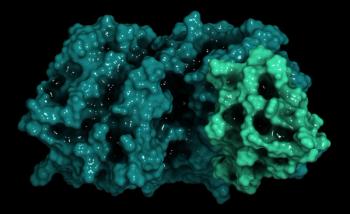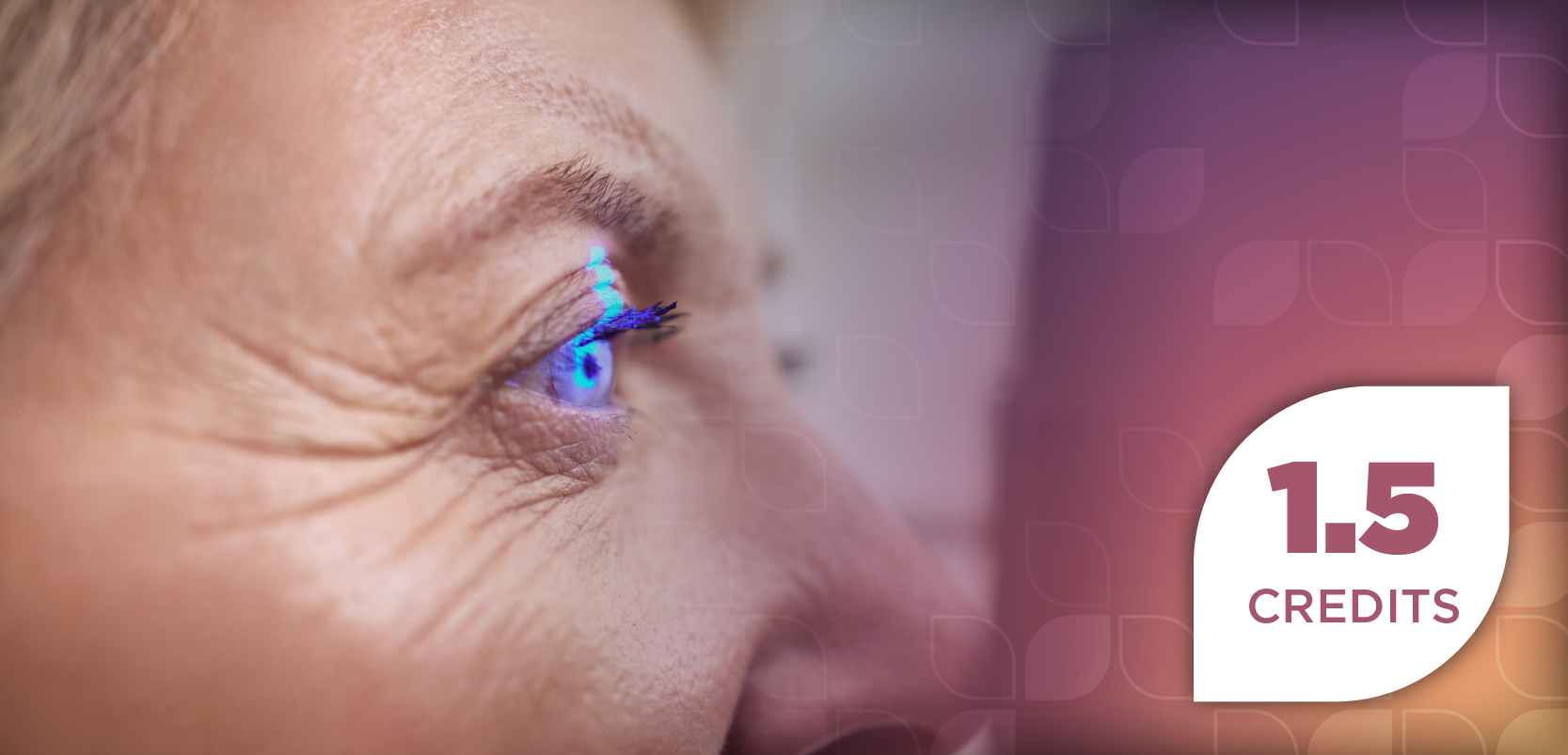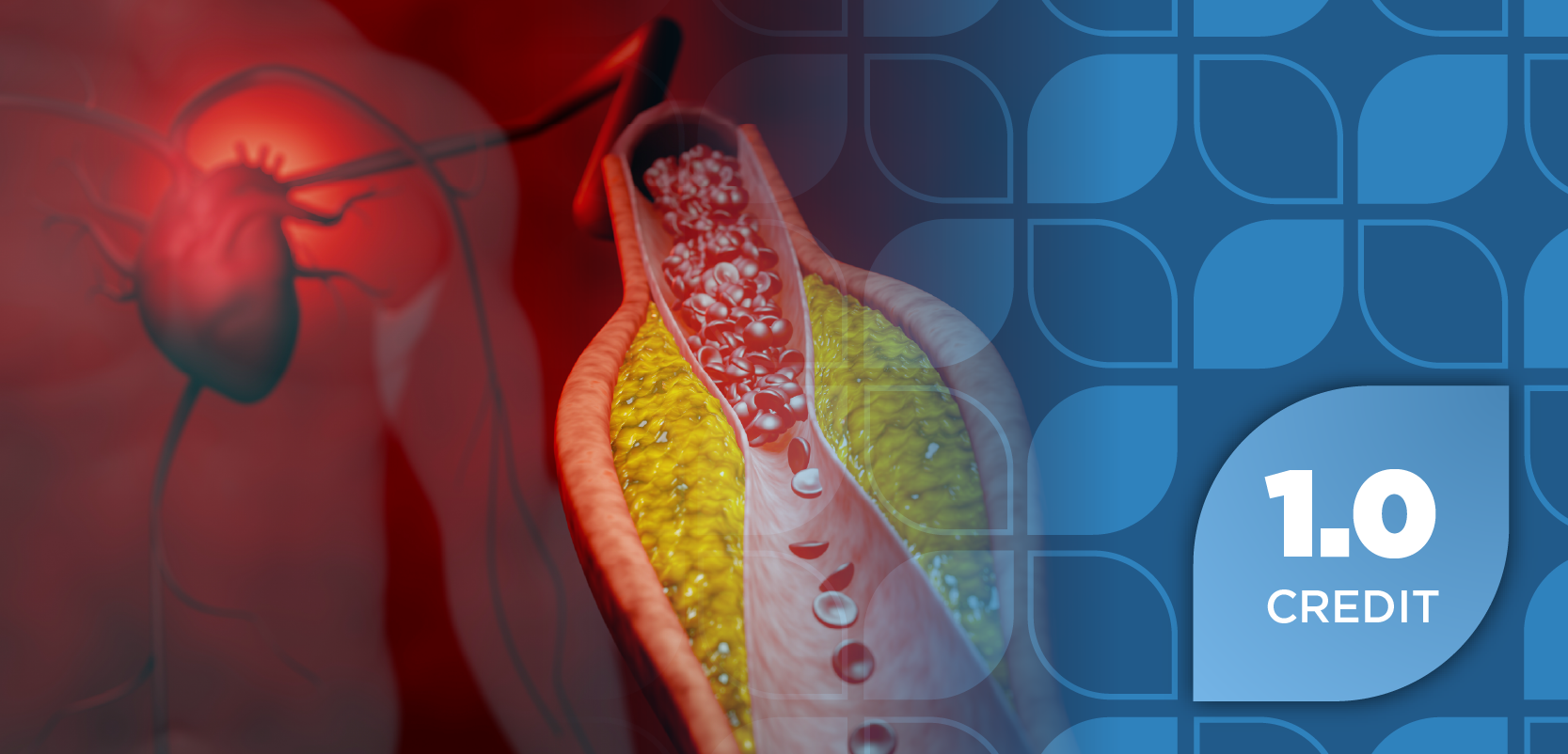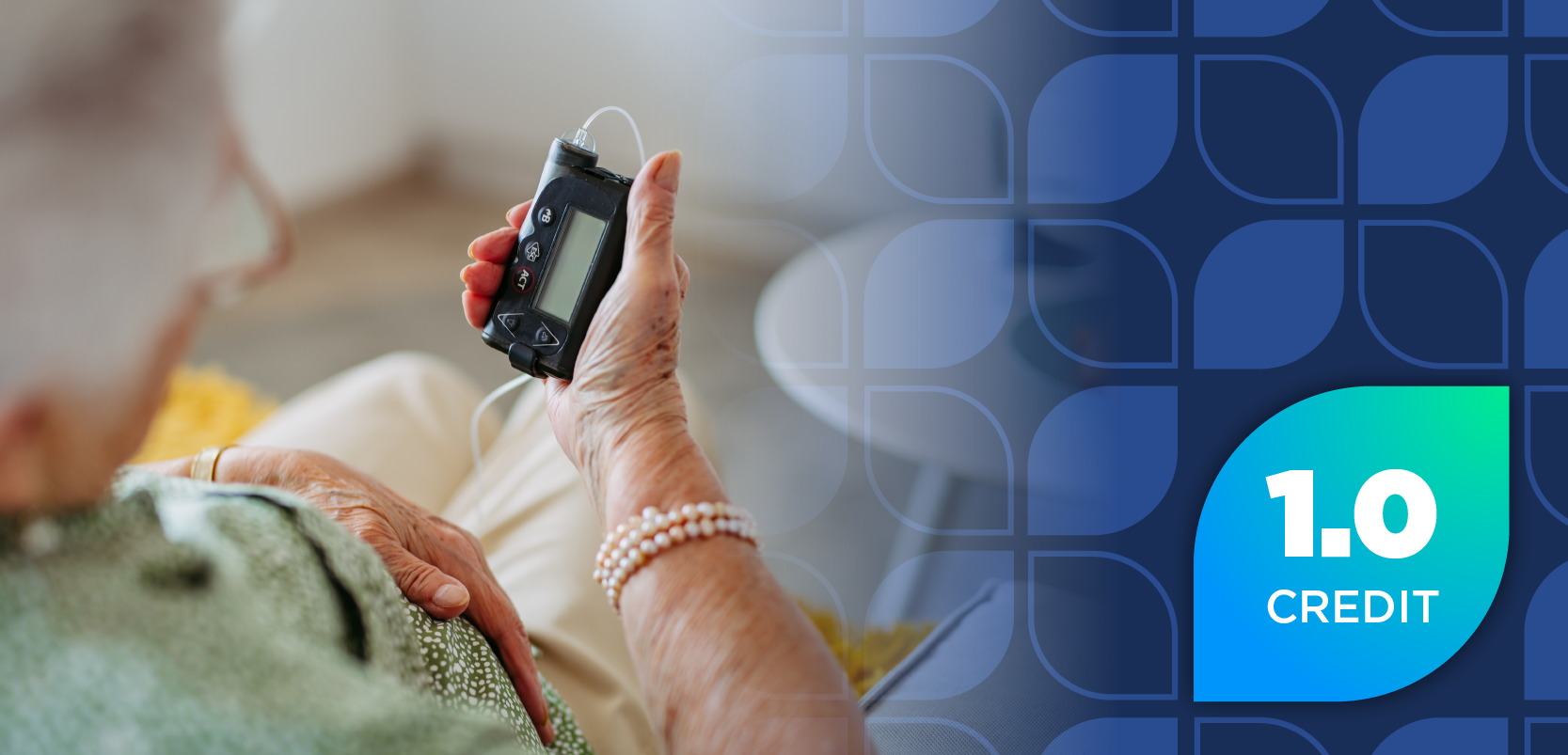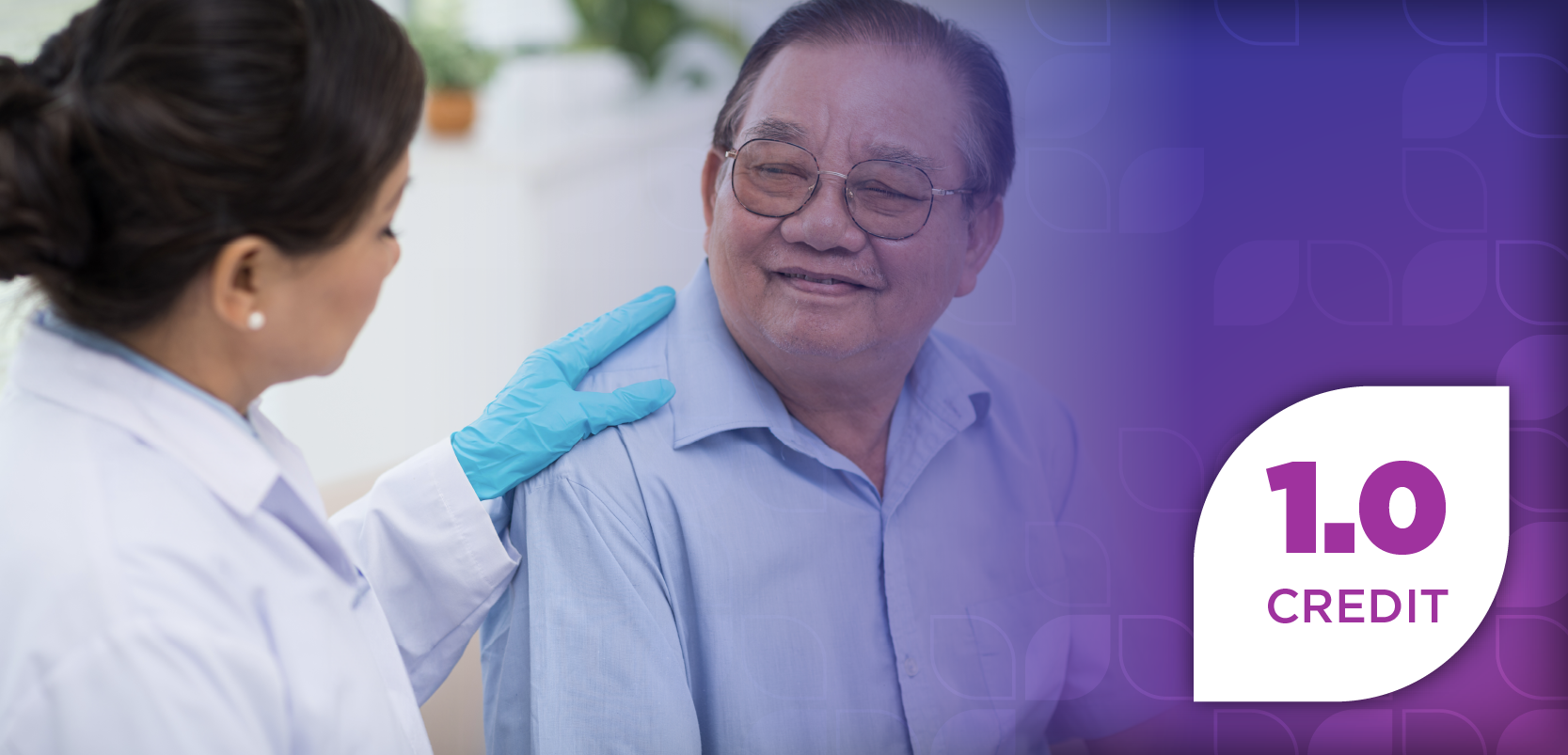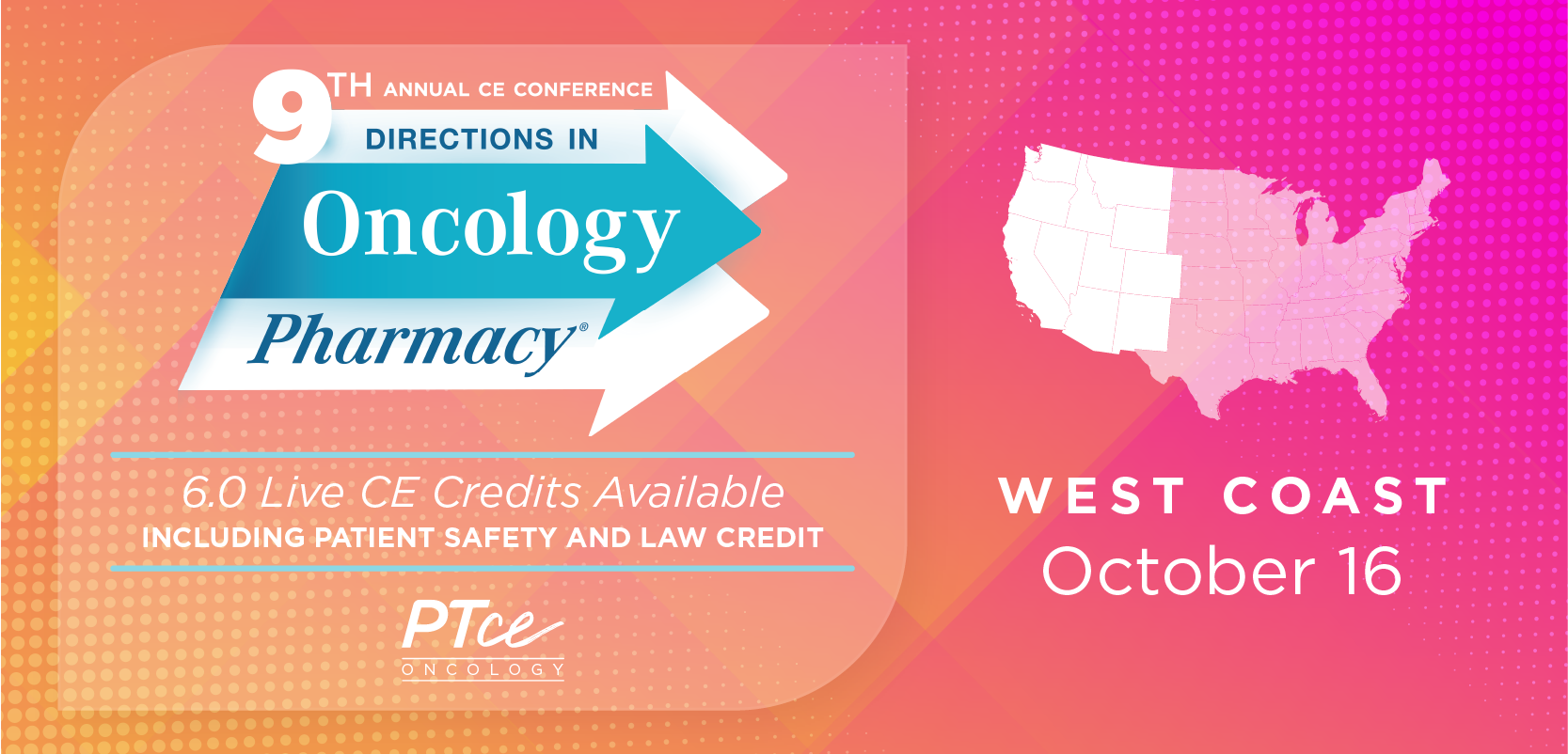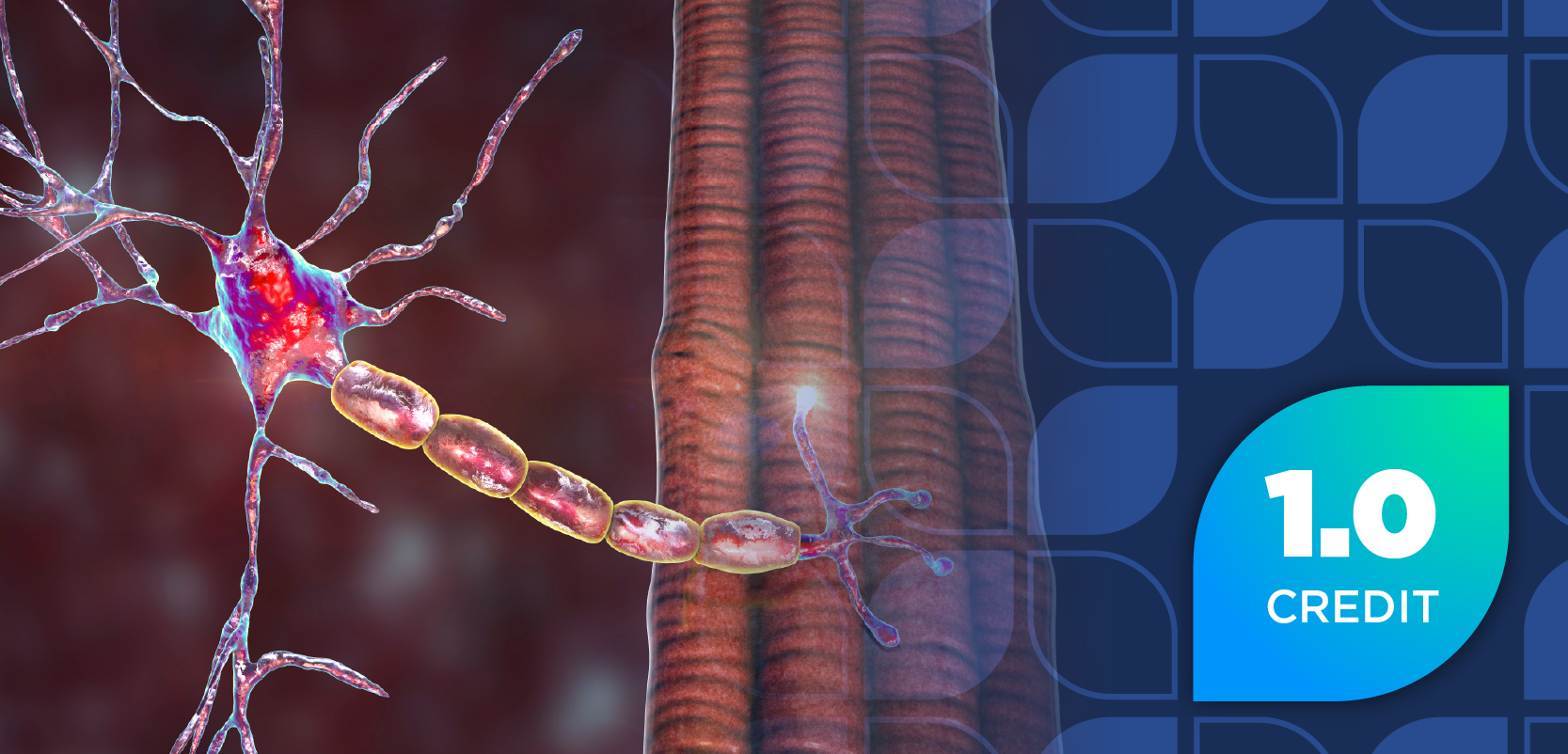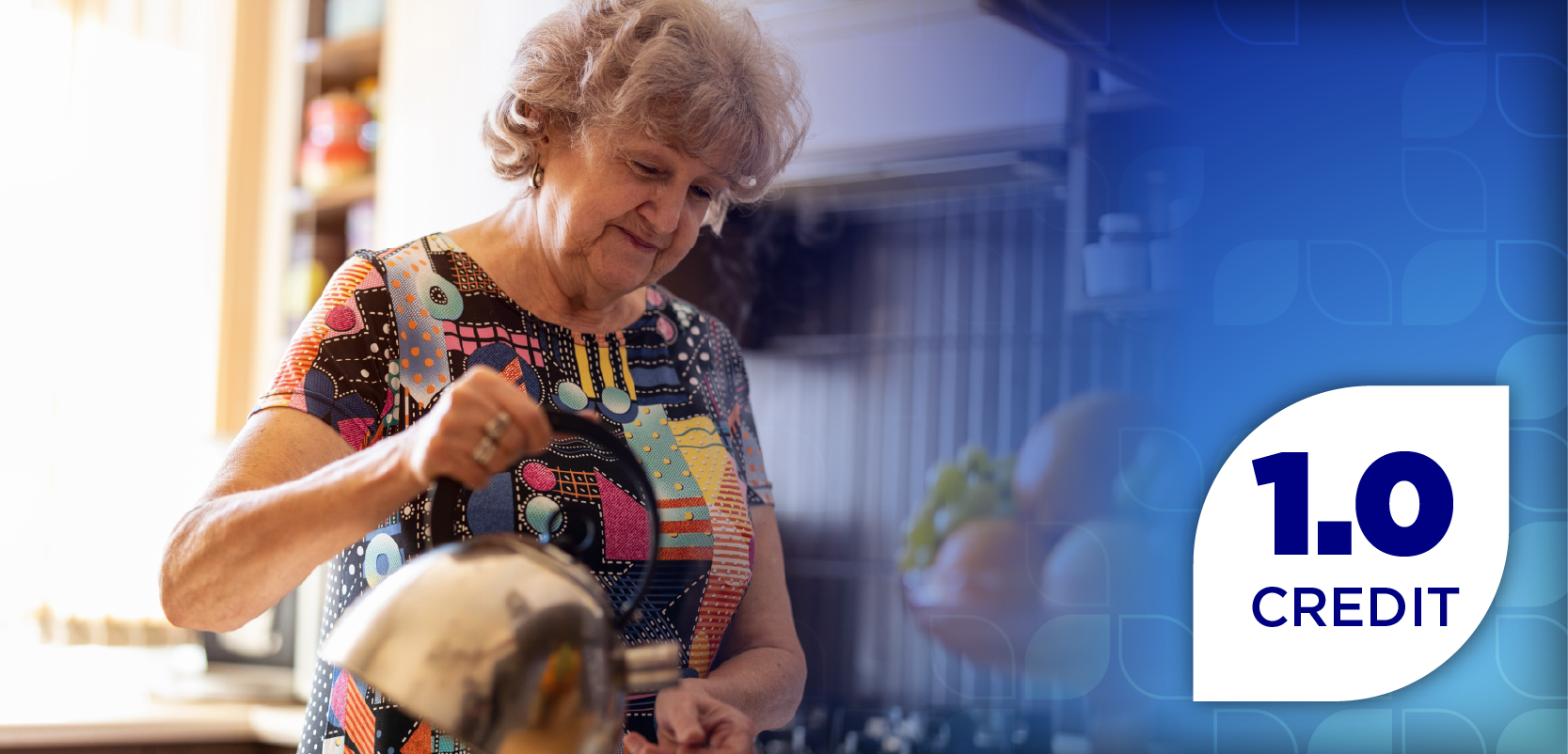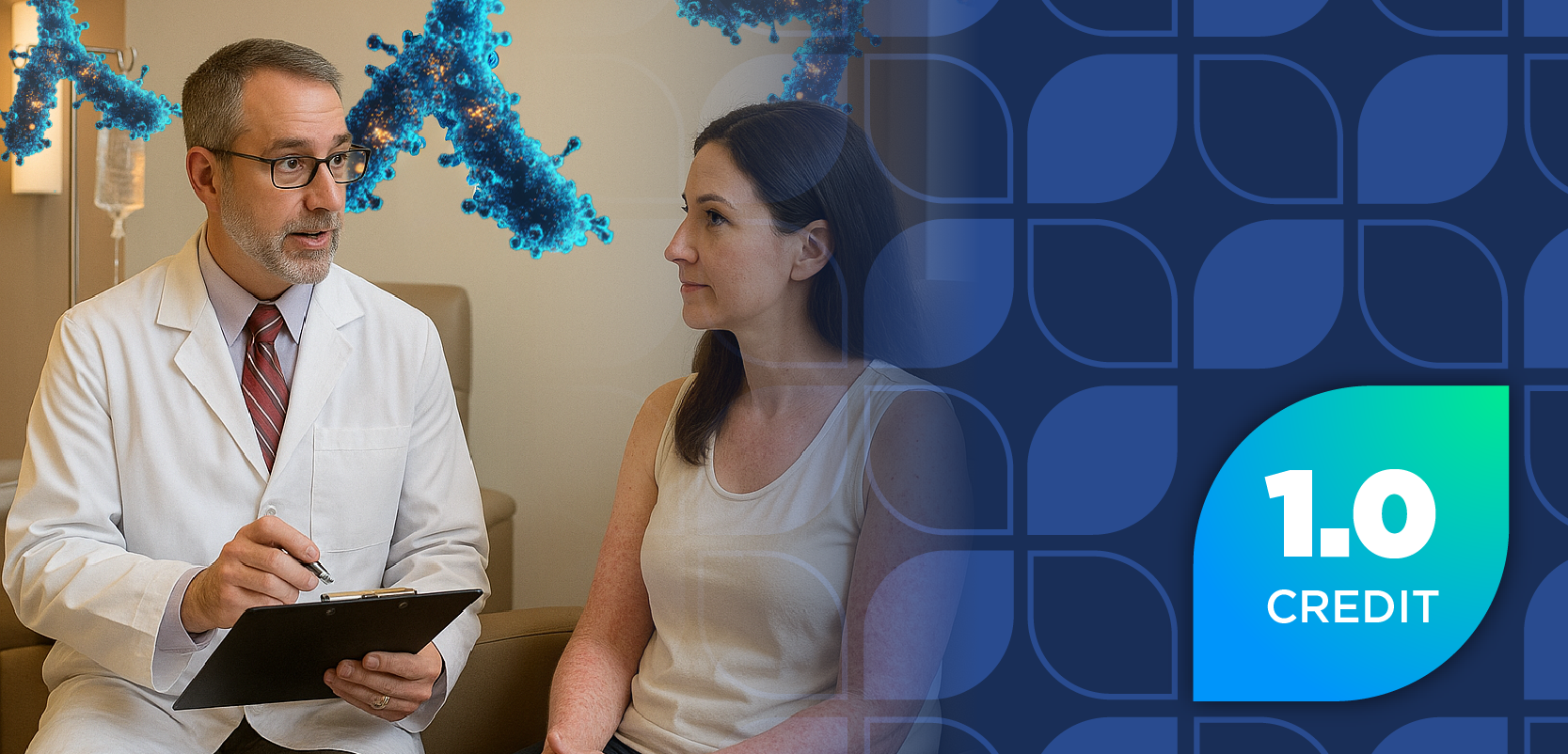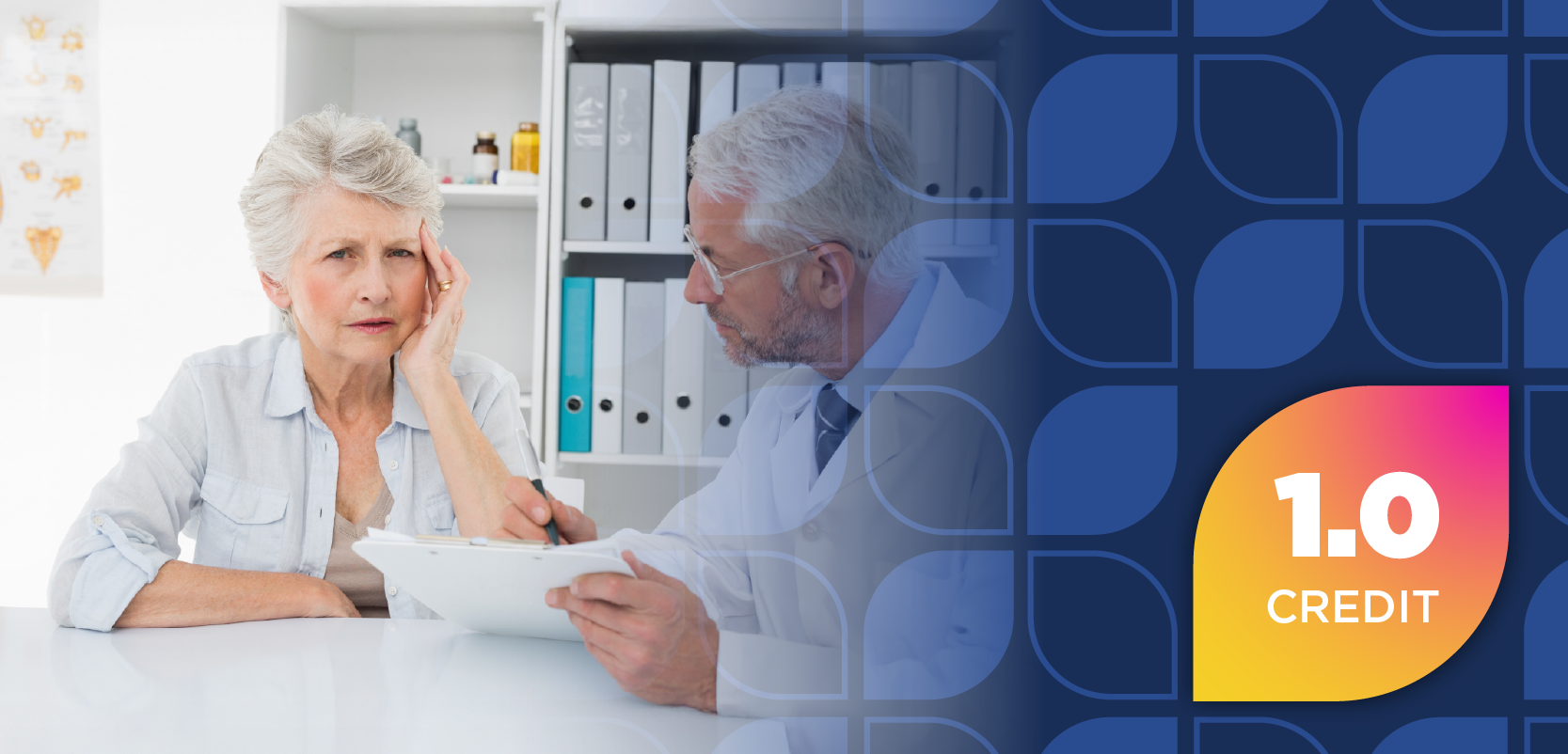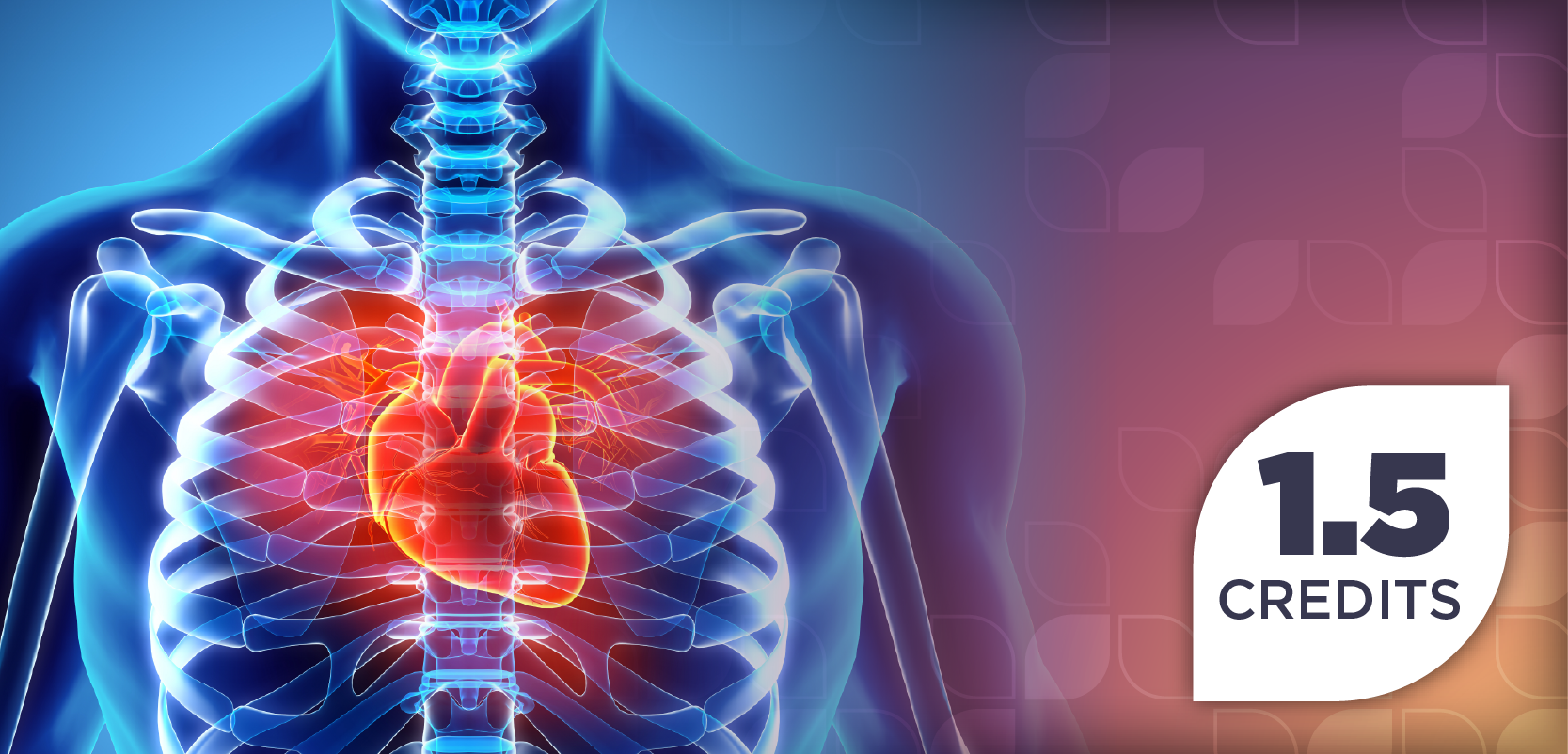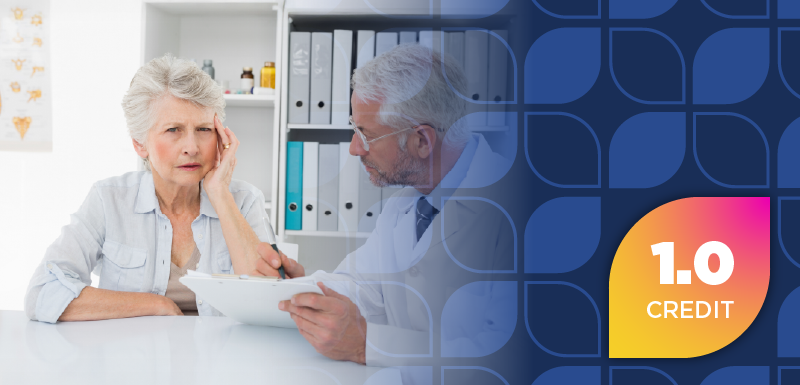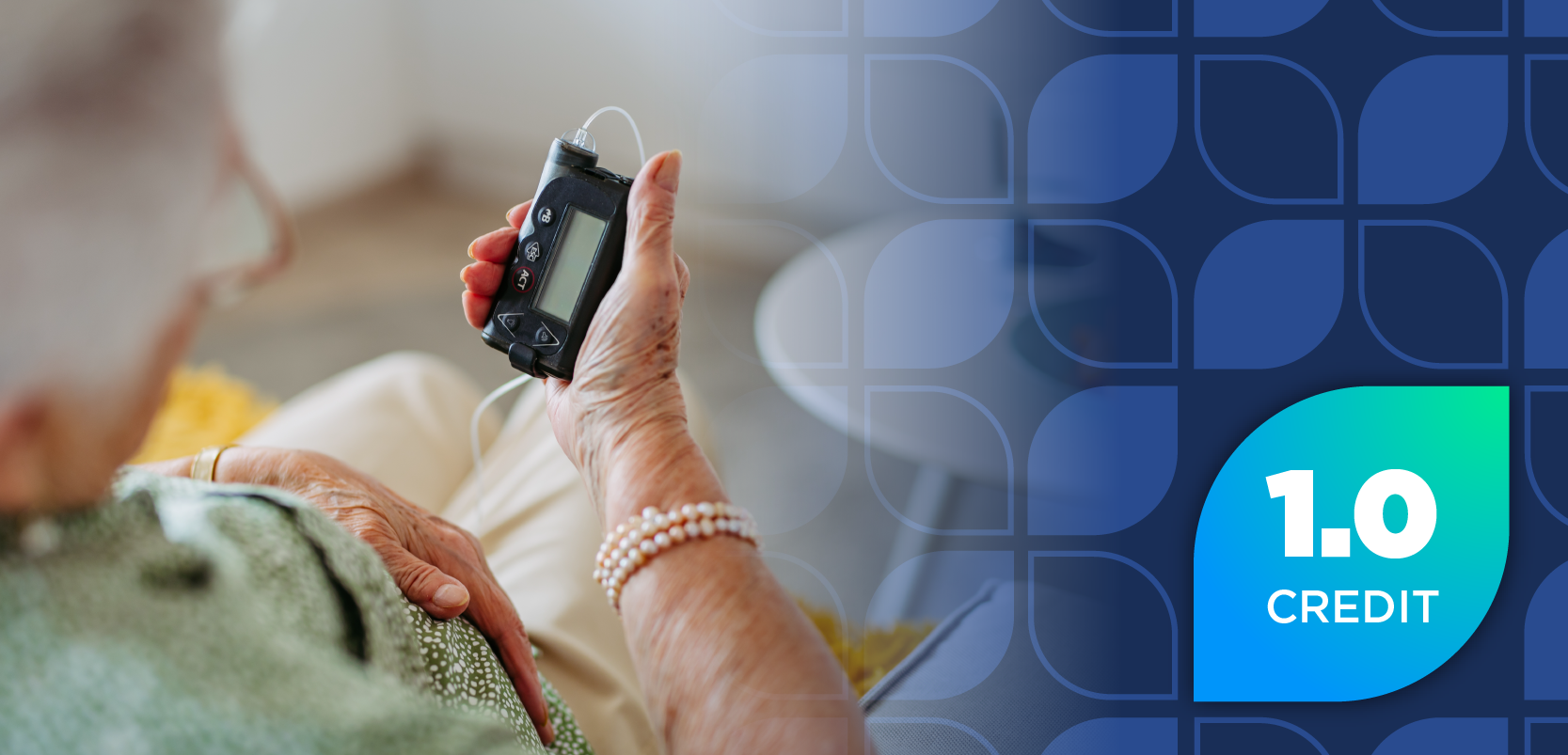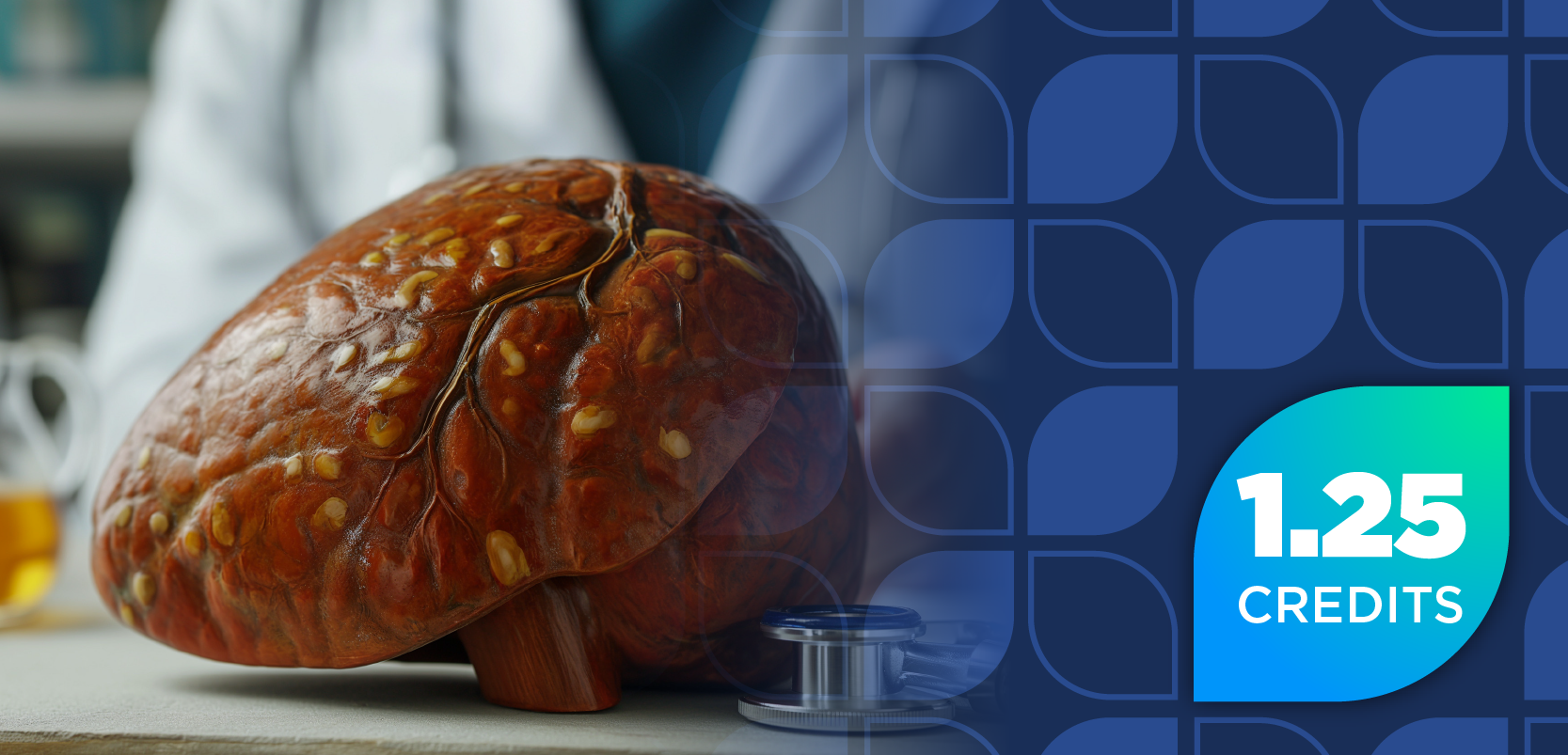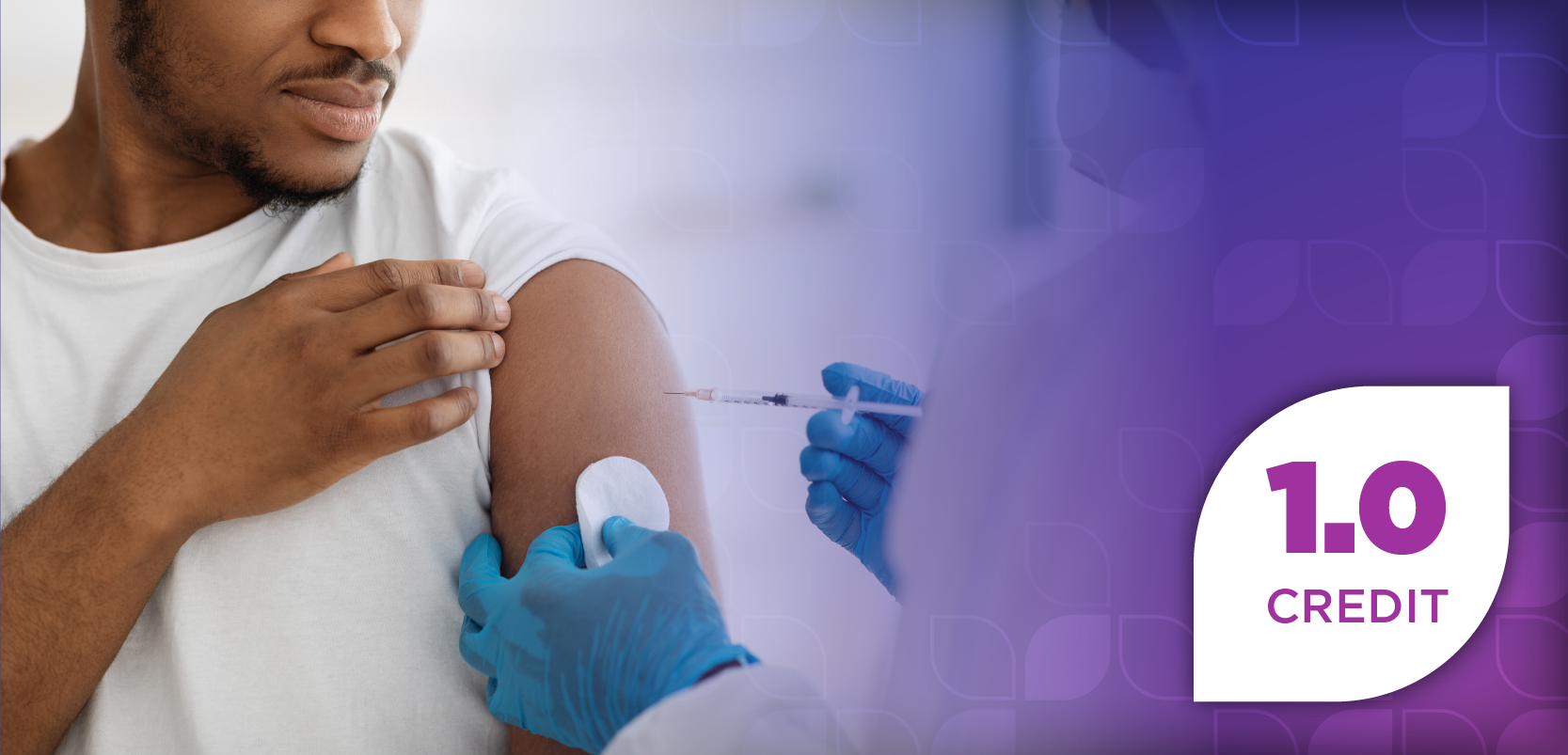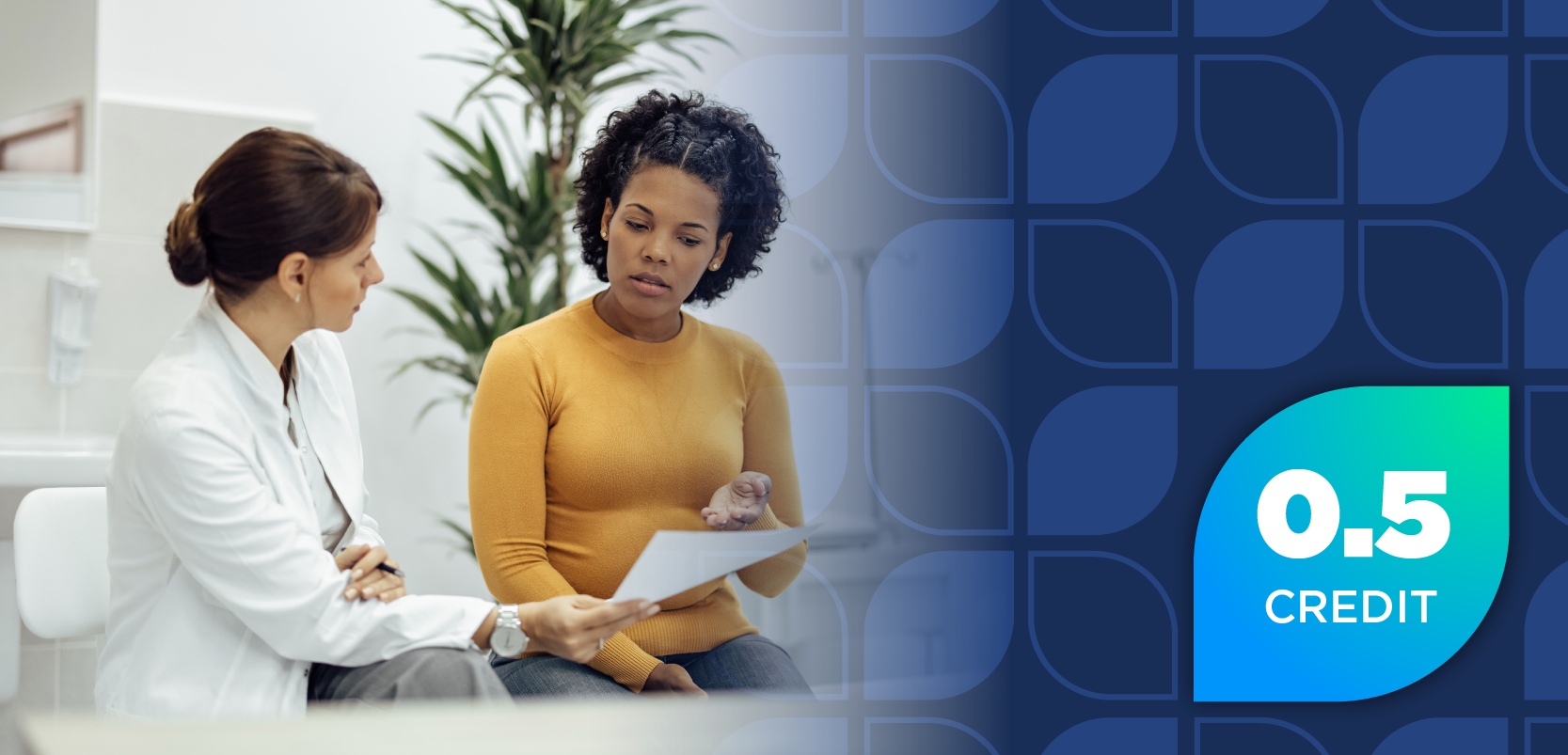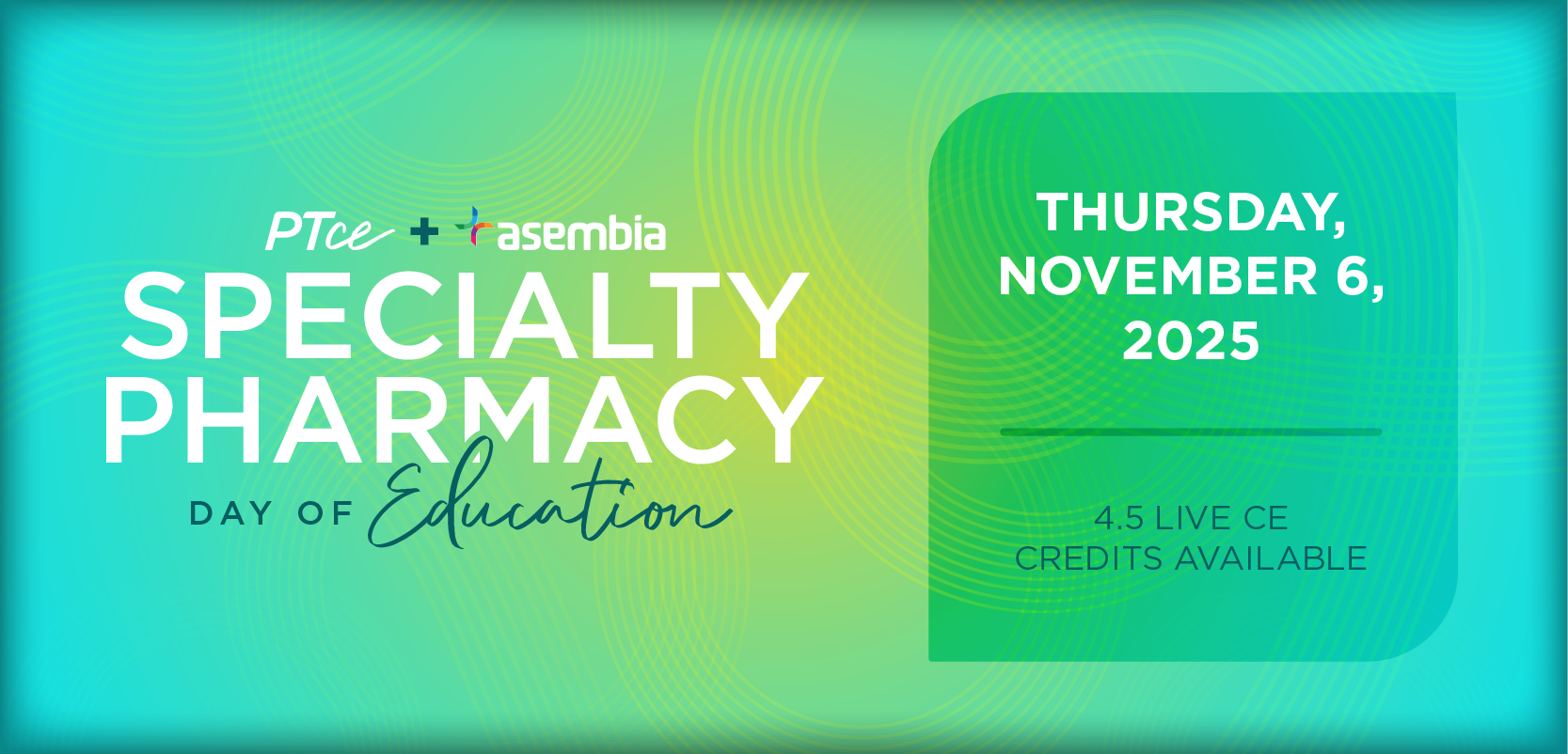
- Spring 2025
- Volume 19
- Issue 01
Survey-Based Analysis of Pharmacogenomics Education Integration
Key Takeaways
- Pharmacogenomics enables personalized medicine by tailoring drug therapies based on genetic factors, moving away from a one-size-fits-all model.
- A 2016 survey showed pharmacy students had more knowledge and appreciation for pharmacogenomics than medical students, highlighting educational gaps.
Gaps in curricula emphasize a need for enhanced interprofessional training to improve patient care.
Introduction
Pharmacogenomics is an advanced field that looks at genetic contributions to an individual’s drug response, enabling the delivery of safe, effective medication moving away from the one-size-fits-all model.1 Pharmacogenomics has been recommended to be part of pharmacy schools’ curricula and recognized as important knowledge for physicians by the American Association of Colleges of Pharmacy and the American College of Physicians, respectively.2 The Accreditation Council for Pharmacy Education and the National Human Genome Research Institute of the National Institutes of Health agreed that there is a need for enhancement in current education on genomics3; however, the curricula around pharmacogenomics in pharmacy and medical schools are still lacking.4,5
Genetic factors can influence how a drug is absorbed, distributed, metabolized, and eliminated from the body.6 This is important because by understanding pharmacogenomics, drug therapies can be tailored to patients based on a patient’s genes to predict how a patient will respond to a particular drug, reducing the trial-and-error approach when prescribing medications.7 More than 90% of individuals are thought to carry at least 1 genetic variant that should prompt a change in dosing or medication if certain drugs are prescribed.8 Utilizing pharmacogenomics helps identify those at risk of developing adverse drug reactions and allows providers to adjust doses within a narrow therapeutic index.9
Knowledge and appreciation for pharmacogenomics relevant to pharmacy and medical students’ didactic and clinical education were evaluated in a survey in 2016.10 Understanding pharmacy and medical students’ perspectives on whether an interprofessional relationship could achieve better utilization of pharmacogenomics to enhance patient care could help make personalized medicine a reality and open new career opportunities in personalized health care.
Preliminary Survey
To better understand the state of pharmacogenomics education and assess student familiarity, a cross-sectional survey was conducted in April 2016, targeting students from 6 California schools with PharmD and doctor of medicine or doctor of osteopathic medicine programs. A total of 310 students participated, with 272 (88%) completing the survey. Of these, 147 (54%) were pharmacy students, whereas 125 (46%) were medical students.10
The survey used a 5-point Likert scale to evaluate students’ knowledge, experience, and perspective on pharmacogenomics (Table 1); ratings of 1, 2, 3, 4, and 5 corresponded to strongly disagree, disagree, neutral, agree, and strongly agree, respectively. Pharmacy students had stronger agreement on having the knowledge and ability to identify medications and resources for pharmacogenomics than medical students. Based on this survey, more pharmacy students identified pharmacogenomics as an important part of their graduate school didactic curriculum than medical students. More importantly, pharmacy and medical students consider pharmacogenomics an important area in patient care and say pharmacogenomics requires interprofessional effort.10
The survey also included comprehension questions regarding specific drugs known to have genetic influences on their therapeutic effects, aiming to assess students’ familiarity with these drugs and the relevance of pharmacogenomics (Table 2). Of the initial 272 students who completed the survey, 203 (75%) completed the additional comprehension questions. When asked to identify drugs that elicit substantially variable population responses due to a patient’s genetic background, pharmacy students demonstrated more familiarity than medical students. For example, more pharmacy students identified abacavir, carbamazepine, and clopidogrel as drugs that would require pharmacogenomic testing. Abacavir and carbamazepine are 2 significant drugs that require genetic screening for the HLA-B*1502 allele to prevent hypersensitivity reactions.10-12
New Data and Conclusion
Providers often struggle with understanding how to integrate genetic test results because they can be complex, involving interaction between various genes, enzymes, and drugs.6,13 Even when providers can interpret the pharmacogenomic test results, they may not know how to clinically apply and modify treatment plans.13 Resources should be provided during workshops and online courses or in addition to the medical curriculum to ensure clearer and standardized guidelines and training.14 By instinct, because pharmacists and physicians will be key players in the practical implementation of pharmacogenomics, it is crucial that both groups receive at least a foundational level of knowledge that will allow them to collaborate effectively. Judging by the results of 2 recent surveys targeting medical and pharmacy students in the US, it appears there is still hesitation and limited plans for expanding pharmacogenomics instruction in medical and pharmacy school curricula.4,5 Only 23.8% of students from medical schools indicated their schools have plans to increase pharmacogenomics instruction in their curriculum, whereas 30.7% of students from pharmacy schools said their programs have plans to expand pharmacogenomics in their curriculum.4,5
The initial survey from 2016 provided insights into pharmacy and medical students’ familiarity with pharmacogenomics; almost a decade later, data suggest ongoing challenges remain in the clinical adoption of pharmacogenomics and confidence among health care professionals.10,15,16 For instance, a survey of medical and health sciences undergraduate students in the Middle East revealed a positive attitude toward adopting pharmacogenomics in the future, with 82% of students agreeing that pharmacogenomic testing will improve drug efficacy and dosage.15 Many health care professionals support the use of pharmacogenomics, but only a few feel confident in interpreting the results and applying them to patient care.15 In addition, a 2021 survey on the adoption of pharmacogenomics implementation initiatives indicates that approximately 78% of responding physicians reported an interest in integrating pharmacogenomics into their practice but did not feel confident in their ability to interpret and apply pharmacogenomic results when making prescribing decisions.15,16 Furthermore, although the field of oncology provides the most use of pharmacogenomics, there is a lack of standard guidelines for implementing pharmacogenomics across different therapeutic areas, such as in psychiatry and cardiology.17-19
These findings highlight the importance of strengthening pharmacogenomics education to bridge knowledge gaps and enable effective interprofessional collaboration in patient care. By integrating pharmacogenomics into health care curricula and providing practical training, health care professionals can collectively provide advanced and unparalleled patient care.
REFERENCES
Mathur S, Sutton J. Personalized medicine could transform healthcare. Biomed Rep. 2017;7(1):3-5. doi:10.3892/br.2017.922
Moen M, Lamba J. Assessment of healthcare students’ views on pharmacogenomics at the University of Minnesota. Pharmacogenomics. 2012;13(13):1537-1545. doi:10.2217/pgs.12.139
Ferro WG, Kuo GM, Jenkins JF, Rackover MA. Pharmacist education in the era of genomic medicine. J Am Pharm Assoc (2003). 2012;52(5):e113-e121. doi:10.1331/JAPhA.2012.12149
Basyouni D, Shatnawi A. Pharmacogenomics instruction depth, extent, and perception in US medical curricula. J Med Educ Curric Dev. 2020;7:2382120520930772. doi:10.1177/2382120520930772
Shatnawi A, Khanfar NM, Latif DA, Shear M. A comparative study of the depth, breadth, and perception of pharmacogenomics instruction in a subgroup of US pharmacy curricula. Curr Pharm Teach Learn. 2019;11(5):476-484. doi:10.1016/j.cptl.2019.02.010
Belle DJ, Singh H. Genetic factors in drug metabolism. Am Fam Physician. 2008;77(11):1553-1560.
Oates JT, Lopez D. Pharmacogenetics: an important part of drug development with a focus on its application. Int J Biomed Investig. 2018;1(2):111. doi:10.31531/2581-4745.1000111
Hockings JK, Pasternak AL, Erwin AL, Mason NT, Eng C, Hicks JK. Pharmacogenomics: an evolving clinical tool for precision medicine. Cleve Clin J Med. 2020;87(2):91-99. doi:10.3949/ccjm.87a.19073
Micaglio E, Locati ET, Monasky MM, Romani F, Heilbron F, Pappone C. Role of pharmacogenetics in adverse drug reactions: an update towards personalized medicine. Front Pharmacol. 2021;12:651720. doi:10.3389/fphar.2021.651720
Poladian A, Healer S, Bradley J, Schwartzman E. Effectiveness of a Residency Education Series on Pharmacy Students Knowledge, Confidence and Desire to Pursue Residency. Presented at: California Society of Health-System Pharmacists 2016 Seminar. Anaheim, California. October 27 through October 30.
https://cdn.ymaws.com/www.cshp.org/resource/resmgr/files/cjhp_issues/2017/CJHP_17_MarApr_Abstract_supp.pdf Dean L. Carbamazepine therapy and HLA genotype. In: Medical Genetics Summaries. Updated August 1, 2018. Accessed March 18, 2025. https://www.ncbi.nlm.nih.gov/books/NBK321445/
Manson LEN, Swen JJ, Guchelaar HJ. Diagnostic test criteria for HLA genotyping to prevent drug hypersensitivity reactions: a systematic review of actionable HLA recommendations in CPIC and DPWG guidelines. Front Pharmacol. 2020;11:567048. doi:10.3389/fphar.2020.567048
Donohue KE, Gooch C, Katz A, Wakelee J, Slavotinek A, Korf BR. Pitfalls and challenges in genetic test interpretation: an exploration of genetic professionals experience with interpretation of results. Clin Genet. 2021;99(5):638-649. doi:10.1111/cge.13917
Guy JW, Patel I, Oestreich JH. Clinical application and educational training for pharmacogenomics. Pharmacy (Basel). 2020;8(3):163. doi:10.3390/pharmacy8030163
Al-Suhail H, Omar M, Rubaeih M, et al. Do future healthcare professionals advocate for pharmacogenomics? A study on medical and health sciences undergraduate students. Front Pharmacol. 2024;15:1377420. doi:10.3389/fphar.2024.1377420
Kapusnik-Uner J. Usability of pharmacogenomics medication decision support is key to its adoption in clinical practice. First Databank. July 23, 2024. Accessed November 8, 2024. https://www.fdbhealth.com/insights/articles/2024-07-23-usability-of-pgx-medication-decision-support-is-key-to-its-adoption-in-clinical-practice
Ho TT, Gift M, Alexander E. Prioritizing pharmacogenomics implementation initiatives: a survey of health care professionals. Per Med. 2022;19(1):15-23. doi:10.2217/pme-2021-0061
Tarantino P, Trapani D, Morganti S, et al. Opportunities and challenges of implementing pharmacogenomics in cancer drug development. Cancer Drug Resist. 2019;2(1):43-52. doi:10.20517/cdr.2018.22
Young C, MacDougall D. An overview of pharmacogenomic testing for psychiatric disorders. In: CADTH Horizon Scan. Canadian Agency for Drugs and Technologies in Health; June 2023. Accessed March 18, 2025. https://www.ncbi.nlm.nih.gov/books/NBK595332/
Articles in this issue
4 months ago
Spring 2025 Quiz: Test Your Pharmacy Knowledge!4 months ago
Resident Mental Health Matters5 months ago
A Student Pharmacist’s Guide to HIV Medications5 months ago
Pharmacist Roles in a Correctional InstitutionNewsletter
Stay informed on drug updates, treatment guidelines, and pharmacy practice trends—subscribe to Pharmacy Times for weekly clinical insights.




